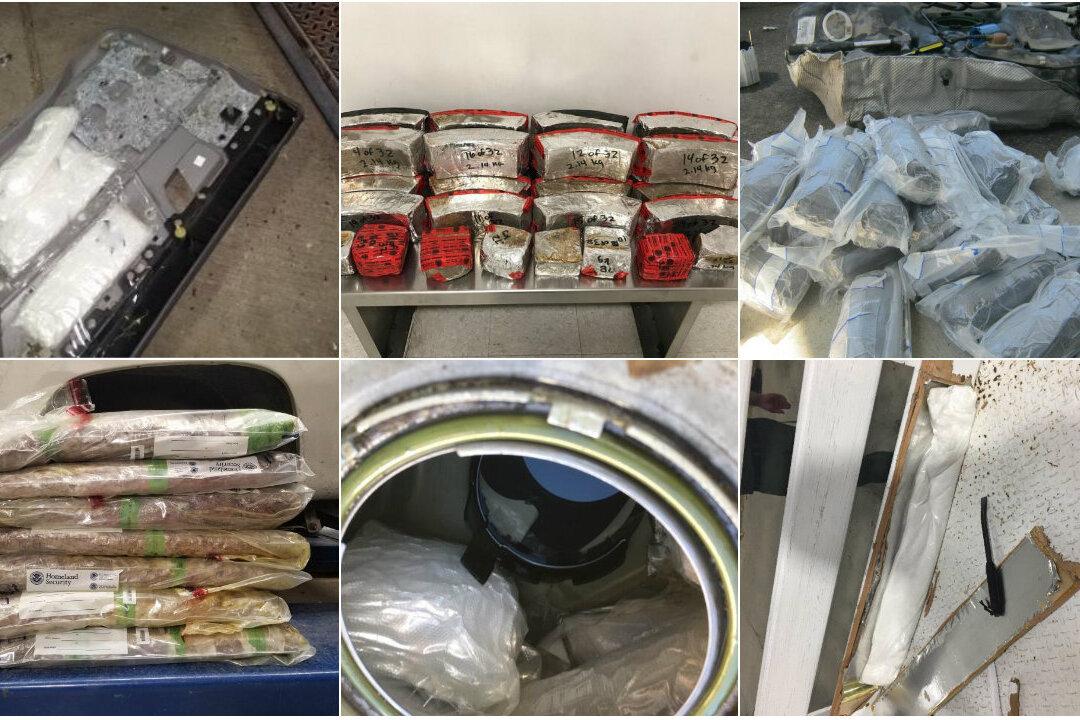Just as the country struggles to cope with the opioid epidemic, another epidemic brews beneath—that of methamphetamines.
While overdose deaths involving opioids have slightly decreased since the peak in late 2017, overdoses involving crystal meth are continually rising.





